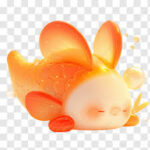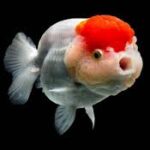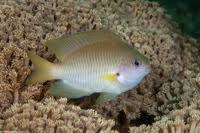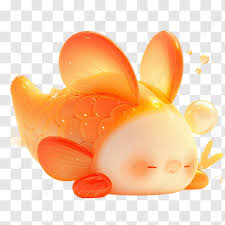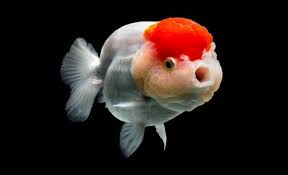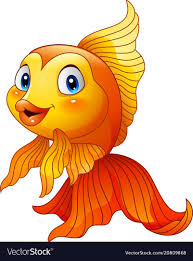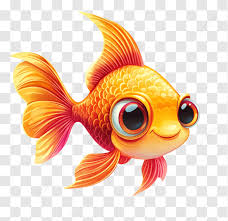Chinese fresh tea has been cherished for centuries due to its rich flavors, cultural significance, and health benefits. However, when it comes to children, many parents wonder whether fresh tea is a suitable choice. While tea contains numerous antioxidants, vitamins, and minerals, it also has caffeine and other active compounds that could affect a child’s health.
In this article, we will explore the potential benefits and risks of Chinese fresh tea for children, the best tea varieties for young drinkers, and guidelines for safe consumption.
1. Understanding the Nutritional Composition of Chinese Fresh Tea
Chinese fresh tea is rich in polyphenols, catechins, flavonoids, and amino acids, which contribute to its well-known health properties. However, its caffeine content and other bioactive compounds can have mixed effects on children.
(A) Key Components of Chinese Fresh Tea
✔ Antioxidants: Help fight free radicals, boost immunity, and support overall health.
✔ Catechins: Found in green tea, these compounds have antibacterial and anti-inflammatory properties.
✔ L-theanine: A unique amino acid that promotes relaxation and mental focus.
✔ Caffeine: A natural stimulant that can enhance alertness but may also cause sleep disturbances in children.
✔ Fluoride: Beneficial for dental health, but excessive intake may be harmful.
While many of these components are beneficial, caffeine and tannins raise concerns when considering fresh tea for children.
2. The Potential Benefits of Chinese Fresh Tea for Children
Despite some concerns, moderate consumption of carefully selected Chinese fresh teas can offer certain health benefits for children.
(A) Boosting Immunity
Some types of Chinese fresh tea, particularly white tea and herbal tea blends, are rich in antioxidants and vitamin C, which support immune function. Drinking mild tea can help children fight colds and infections.
(B) Supporting Digestive Health
Certain fresh teas, such as chrysanthemum tea and mild green teas, aid digestion and can help prevent bloating, stomach aches, or constipation in children.
(C) Hydration with Flavor
For children who dislike drinking plain water, mild teas provide an enjoyable way to stay hydrated without excessive sugars, unlike sodas or artificial fruit juices.
(D) Promoting Relaxation and Focus
Chinese teas containing L-theanine, such as low-caffeine green teas, can help children stay calm and focused. This is especially beneficial for children who experience stress or hyperactivity.
3. The Risks of Chinese Fresh Tea for Children
Although there are benefits, certain risks associated with tea consumption in children should not be ignored.
(A) Caffeine Sensitivity
Most Chinese fresh teas contain caffeine, which can lead to:
❌ Hyperactivity or restlessness
❌ Difficulty sleeping
❌ Increased heart rate
❌ Irritability and mood swings
Young children have a lower tolerance to caffeine, and even small amounts may cause noticeable effects.
(B) Iron Absorption Interference
Tannins, a compound found in many teas, can inhibit iron absorption. This is concerning for children, as they require sufficient iron for growth and brain development. Drinking tea with meals may reduce iron uptake from food.
(C) Risk of Dental Staining and Enamel Erosion
Certain fresh teas, particularly strong black teas, contain pigments that may stain teeth. Additionally, some teas have acidic properties that could contribute to enamel erosion if consumed frequently.
(D) Potential for Allergic Reactions
Some herbal Chinese teas contain pollen or plant extracts that may trigger allergies in children. It is important to monitor any reactions after introducing a new type of tea.
4. The Best Chinese Fresh Teas for Children
If parents choose to introduce Chinese fresh tea to children, selecting the right type is crucial. The best options are those that are low in caffeine and gentle on the stomach.
(A) White Tea – A Mild and Antioxidant-Rich Option
- Example: Baihao Yinzhen (Silver Needle) or White Peony.
- Benefits: Light in flavor, very low caffeine, and rich in antioxidants.
- Best for: Occasional drinking, especially when slightly diluted.
(B) Chrysanthemum Tea – Caffeine-Free and Cooling
- Example: Hangzhou Chrysanthemum Tea.
- Benefits: Known in Traditional Chinese Medicine (TCM) for reducing fever and improving eyesight.
- Best for: Children experiencing mild fevers or digestive discomfort.
(C) Jasmine Green Tea – Gentle and Aromatic
- Example: Fujian Jasmine Tea.
- Benefits: Mild, floral taste with a calming effect.
- Best for: Older children in small amounts, preferably caffeine-free versions.
(D) Goji Berry and Red Date Tea – Nutritious and Naturally Sweet
- Example: Goji Berry with Jujube Red Date Tea.
- Benefits: Supports blood circulation, rich in vitamins, and caffeine-free.
- Best for: A warm, comforting drink in winter.
(E) Lotus Leaf Tea – Good for Digestion
- Example: Dried Lotus Leaf Infusion.
- Benefits: Mild detoxifying properties, helps digestion.
- Best for: Occasional use after heavy meals.
(F) Mint Tea – Refreshing and Soothing
- Example: Chinese Wild Mint Tea.
- Benefits: Helps with digestion and relieves nausea.
- Best for: A cooling drink on hot days.
5. Guidelines for Safe Tea Consumption in Children
To ensure that Chinese fresh tea is safe for children, consider the following guidelines:
✔ Choose caffeine-free or low-caffeine teas – Avoid strong green, black, and oolong teas.
✔ Dilute the tea – Mix with more water to reduce its strength.
✔ Avoid adding sugar – Sweetened tea can lead to unnecessary sugar intake.
✔ Monitor reactions – Start with small amounts and observe any side effects.
✔ Do not replace water with tea – Ensure children still drink plenty of water daily.
✔ Serve warm, not hot – Hot beverages can burn a child’s sensitive mouth.
✔ Limit consumption – 1–2 small cups per week is a safe amount.
6. When Should Children Avoid Chinese Fresh Tea?
Tea should be avoided or limited in the following situations:
🚫 For infants and toddlers under 2 years old – Their digestive systems are not ready for tea.
🚫 If a child has iron deficiency anemia – Tannins in tea can worsen the condition.
🚫 If a child has sleep disorders – Even small amounts of caffeine may interfere with sleep.
🚫 If allergic reactions occur – Some herbal teas may cause allergic symptoms.
7. Alternative Healthy Beverages for Children
If tea is not suitable, consider these child-friendly alternatives:
🥛 Warm milk – Provides calcium for bone development.
🍵 Homemade fruit-infused water – Hydrating with natural flavors.
🍊 Freshly squeezed fruit juices – Offers vitamins but should be consumed in moderation.
🥥 Coconut water – A natural electrolyte drink.
Conclusion
Chinese fresh tea offers many potential benefits, such as immune support, hydration, and digestive aid, but it also presents risks like caffeine sensitivity, iron absorption interference, and dental issues for children. The key is to choose low-caffeine or caffeine-free teas and consume them in moderation.
For parents who wish to introduce tea to their children, white tea, herbal teas, and floral teas are the safest options. By following proper preparation and consumption guidelines, tea can become a healthy and enjoyable part of a child’s diet while avoiding negative effects.
Ultimately, the decision depends on the child’s age, health status, and individual response to tea.
